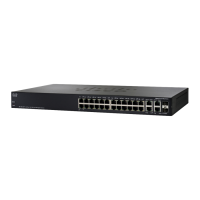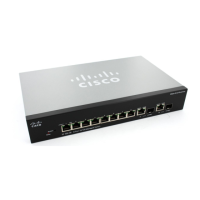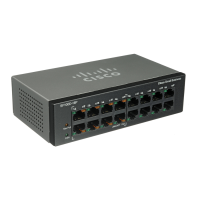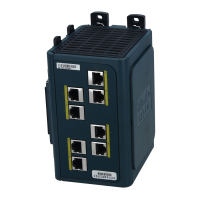Security: SSH Server
Common Tasks
469 Cisco Small Business 200, 300 and 500 Series Managed Switch Administration Guide (Internal Version)
23
Common Tasks
This section describes some common tasks performed using the SSH Server
feature.
Workflow1: To logon to the device over SSH using the device’s
automatically-created (default) key, perform the following:
STEP 1 Enable SSH server in the TCP/UDP Services page and verify that SSH user
authentication by public key is disabled in the SSH User Authentication page.
STEP 2 Log onto an external SSH client application, such as PuTTY, using the IP address of
the device (it is not necessary to use a username or key that is known to the
device).
Workflow2: To create an SSH user and logon to the device over SSH
using this user, perform the following steps:
STEP 1 Generate an RSA or DSA key on an external SSH client application, such as
PuTTY.
STEP 2 Enable SSH user authentication by public key or password in the SSH User
Authentication page.
STEP 3 Enable Automatic Login if required (see Automatic Login below).
STEP 4 Add a user in the SSH User Authentication page and copy in the public key
generated externally.
STEP 5 Log onto an external SSH client application, such as PuTTY, using the IP address of
the device and the user name of the user.
Workflow3: To import an RSA or DSA key from device A to device B,
perform the following steps:
STEP 1 On device A, select an RSA or DSA key in the SSH Server Authentication page.
STEP 2 Click Details and copy the public key of the select key type to Notepad or other
text editor application.
STEP 3 Log on to device B and open the SSH Server Authentication page. Select either
the RSA or DSA key, click Edit and paste in the key from device A.
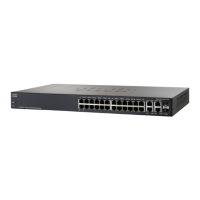
